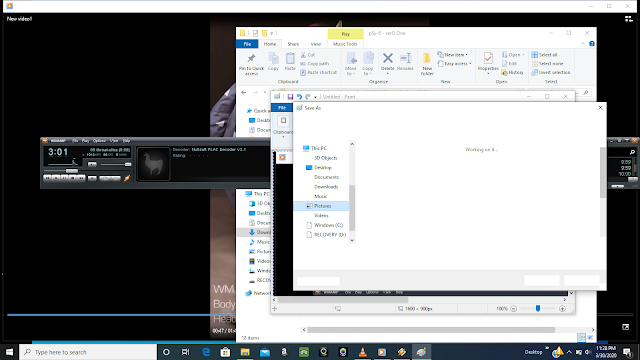

I have no insight into our product how its designed/implemeted how it is peering with Microsoft teams persay and just looking for a little guidance to try and resolve our issue(s) please. It leads us to believe that something zscaler is producing these symptoms and only within Microsoft Teams. Our test is that we removed zscaler zcc client (disabled) it and whatever our admin does and issues go away. Best practices for bypassing UDP/TCP traffic.I’m not the sme for zscaler and we have an open case with MS but seeing if anyone has run into this issue and can point me in the right direction to facilitate questions to our admin of this product so that we can gain better insight as to: We currently are facing a similar issue where from on-premise over a teams call/meeting intermittently users do not have audio fo r7 to 10 seconds among other degradation of video.ĭoesn’t matter what Operating system, but mainly over wifi from our on-premise network to whomever.

As maintaining customer trust is key, including Attack Surface Analyzer 2.0 in your development processes or toolchain is a great idea. Hello, I would like information on bypass 2.0 and direct peering/optimization with M365 DC. The output options can provide evidence for release management and security auditors that your product does only what it claims in addition to scanning for 3rd party software installation changes to your system.


 0 kommentar(er)
0 kommentar(er)
